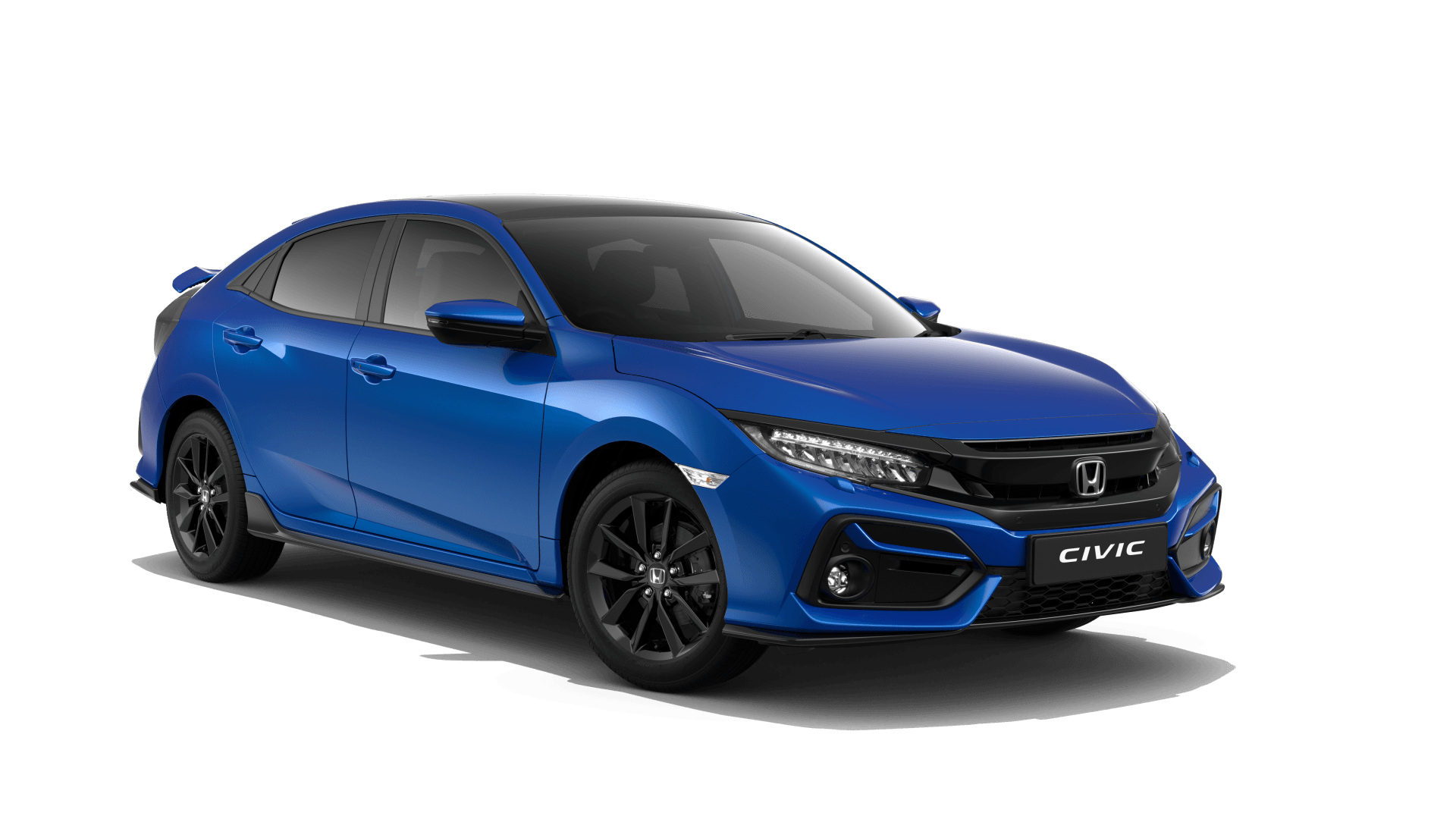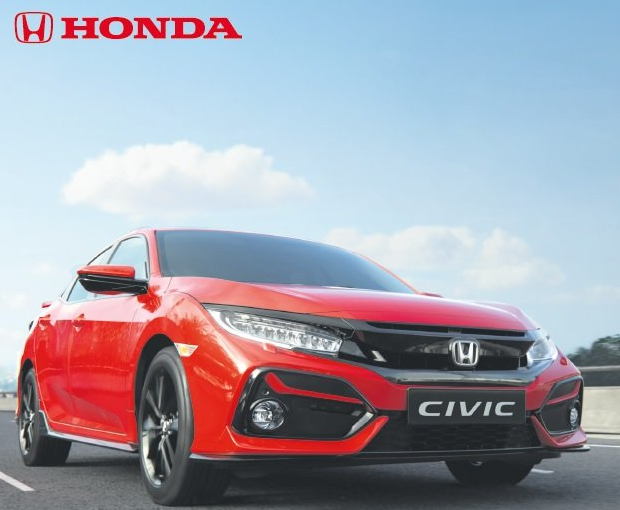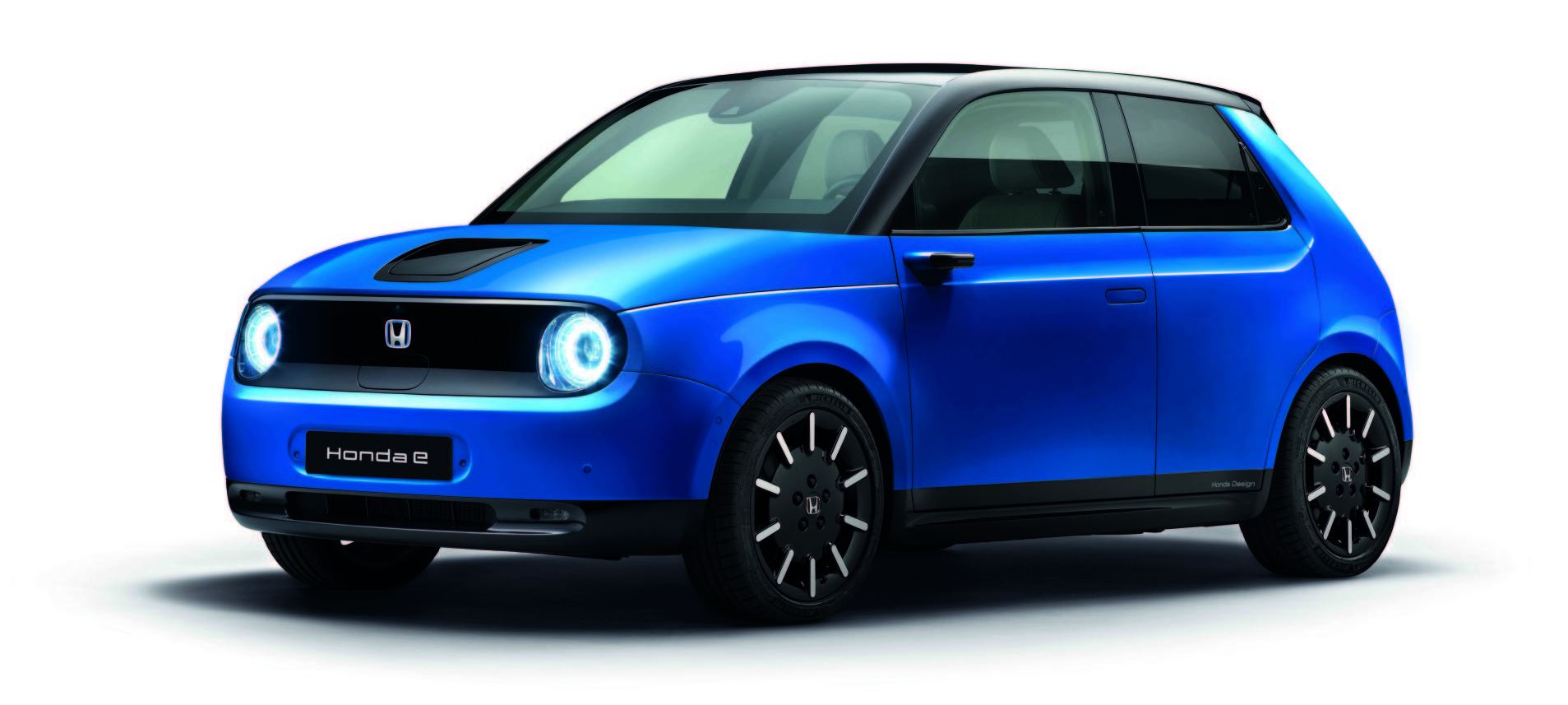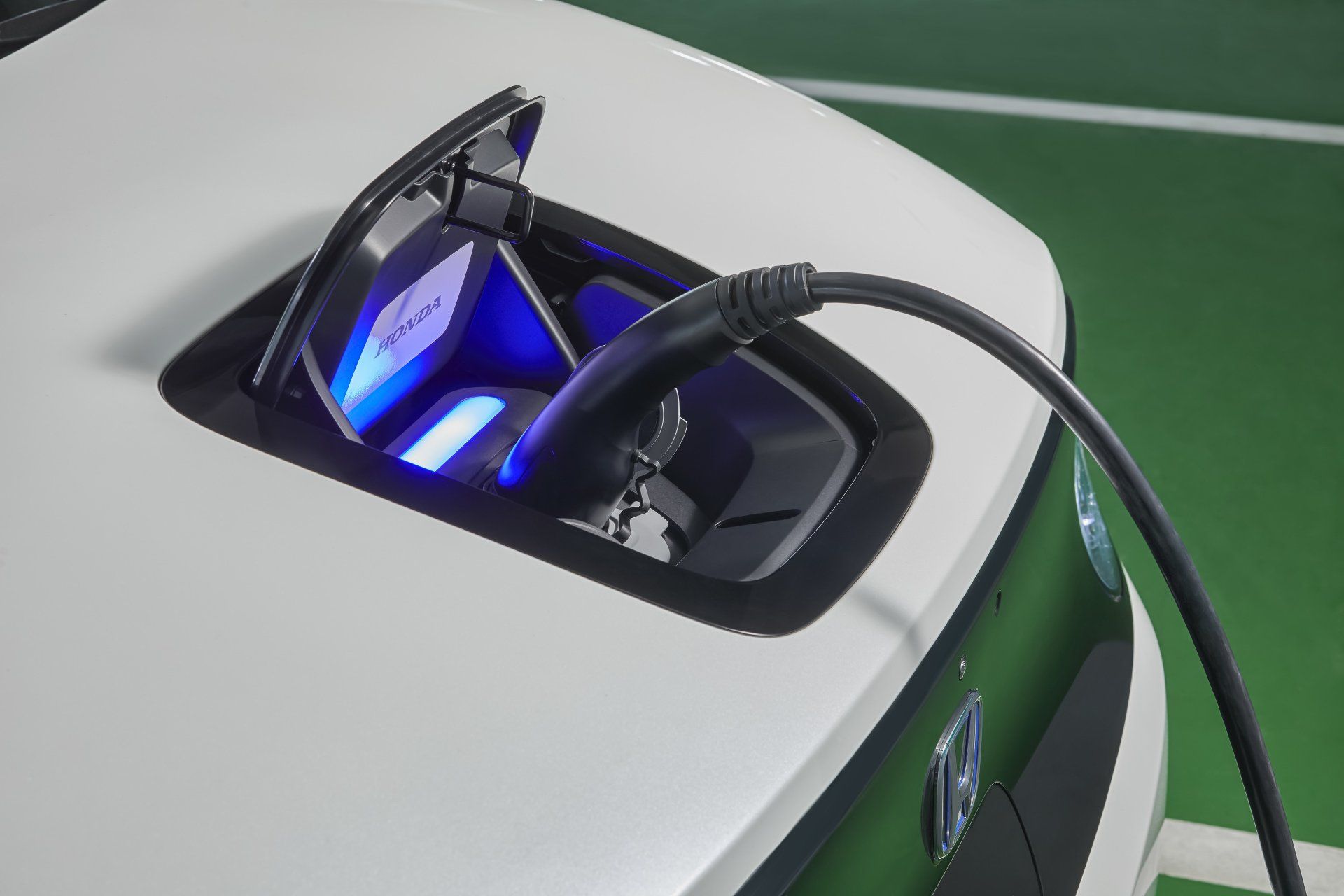The Best Formula 1 Car Ever - The McLaren Honda MP4/4
Bassetts Honda • 10 November 2020
The MP44 was voted greatest Formula 1 car of all time by a panel of Formula 1 engineers and designers.
The McLaren MP4/4, also known as the McLaren-Honda MP4/4, is one of the most successful Formula One car designs of all time. Driven by teammates Alain Prost and Ayrton Senna, the car competed during the 1988 Formula One season. It was designed by American engineer Steve Nichols, the full responsibility for the design of the car having been conferred on him by Ron Dennis. Gordon Murray, as Technical Director, subsequently confirmed this in an internal memo allocating responsibilities for the design department, nominating Nichols as chief designer for the car, and giving himself the role of liaising between the drawing office and production.
The car was powered by Honda's RA168E 1.5 litre V6 turbo engine, which produced 640bhp. With Murray deciding that the base design of the MP4/4 would be inspired by his 1986 low-line Brabham BT55, Nichols, designing around the parameters Murray had set for the car then took elements of the MP4/3 from 1987 using the same design principles, but with more time, different components (smaller fuel tank, smaller engine, for example), and different rules the car was a significant development.
In 1987 it was becoming increasingly difficult to compete with major manufacturer backed teams using, effectively, a privateer engine financed in house by TAG and built by Porsche. The Steve Nichols designed McLaren MP4/3-TAG won three races with Prost finishing fourth in the drivers championship, Prost's win in Portugal was cause for celebration as it was the Frenchman's 28th career win, taking him past the previous record of 27 wins by triple World Champion Jackie Stewart.
The car was good enough to finish second in the Constructors’ Championship, secure the services of Ayrton Senna and persuade Honda to switch its engine supply deal from Williams to McLaren for the following season.
For 1988 McLaren had secured use of the 1.5L V6 Honda turbo engines which since late in the 1985 season had been the best engine in Formula One. With the engines coming at the expense of Williams (who had won the previous two Constructors' Championships from McLaren), a strong 1988 was possible. Team boss Ron Dennis had previously tried to secure Honda engines for his Formula 2 team and welcomed the Japanese company after four successful years with the TAG engines. 1988 was due to be the last year for the turbo engines before they were banned, so most teams were making a concerted effort to establish themselves with naturally aspirated cars. Steve Nichols went ahead with the design of the car on a purely turbo engine basis, which put the team at a potential disadvantage to their rivals.
1988 was a transition year prior to a naturally aspirated-only formula in 1989 and the regulations were framed to reward those teams that had already made the switch. Over a race distance the MP4/4 would suffer something like a significant power deficit compared to its naturally aspirated rivals. The car had the luxury of being able to modulate boost, but with a fuel tank allowance of only 150 litres (naturally aspirated cars were unlimited) it meant that the team would have to go into extreme fuel conservation to get to the end of a race.
Although there was speculation that Honda would introduce their V10 engine during 1988, though Ron Dennis confirmed during qualifying for the Italian Grand Prix at Monza that racing the V10 was never part of the plan for 1988. By keeping the V6 engine, Honda and McLaren also gave themselves more development time on the 1989 car, which was an evolution of the MP4/4.
With the 90° TAG V6 at their disposal, and a fuel tank size of 195 litres (down from 220 litres), McLaren proved that the concept did work, with redesigned side pods also getting the treatment (only the nose section remained as a visual reminder of the MP4/2C, though it too was lower and approximately 10% smaller). The improved aerodynamics helped Prost and Stefan Johansson to be closer to the more powerful Honda powered cars than they might have been with the older MP4/2 design, although the team was hampered by unreliability which had crept into the TAG engines which had been redesigned in 1987 to cope with the lower fuel limit and the FIA's controversial pop-off valve which restricted turbo boost to just 4.0 Bar. The team was able to build on this and, with the smaller 80° Honda V6, and a reduction in fuel tank size from 195 to 150 litres, the sleek looking MP4/4 was produced and first appeared early in 1988. It was one of the few competing cars that year that was an-all new car; Ferrari, Lotus, Arrows, Tyrrell and others were using updated or developed versions of their previous years' cars in order to build new cars for the 1989











